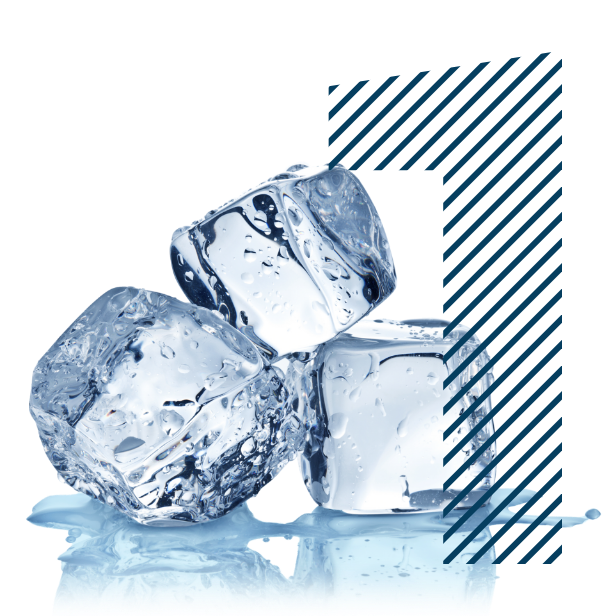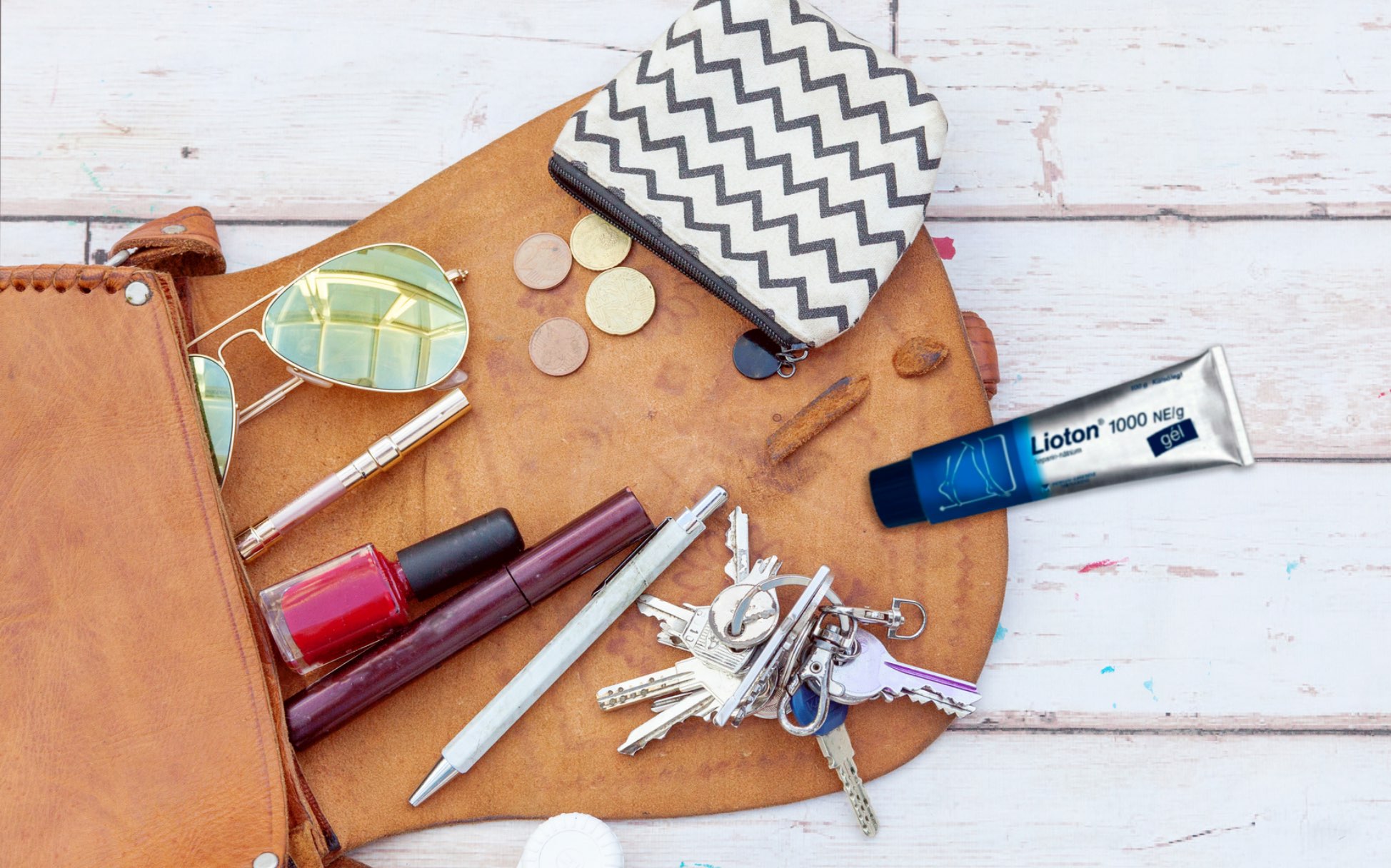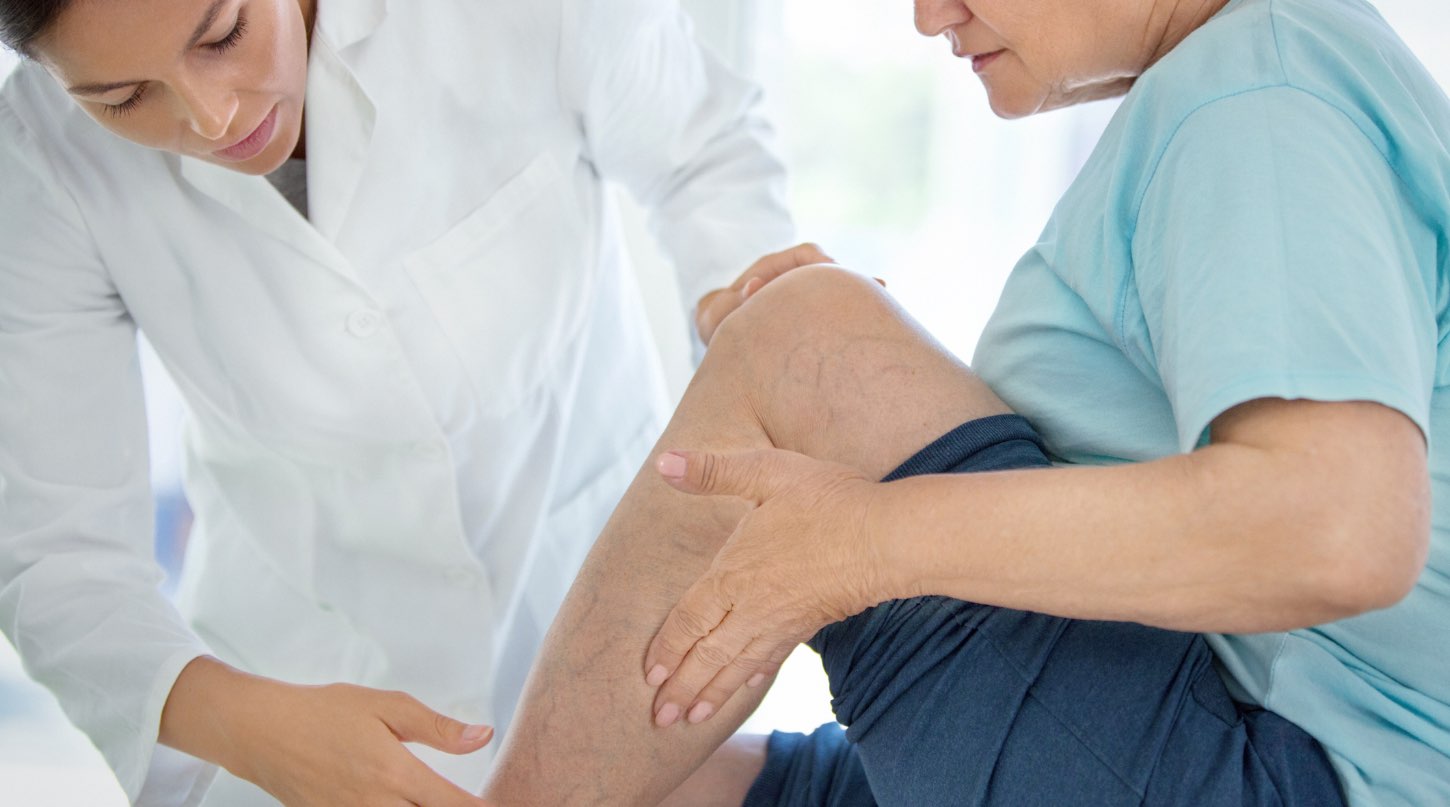Ouch! Whether you’ve tripped on the street, stumbled over your dog or injured yourself during that cool tennis backhand you serve: A painful or unsightly hematoma or bruise on your legs can often be the consequence. Find out what they are, how to treat them – and even how to get rid of them
Content
What is a bruise?
A surface injury. Bruises happen when small blood vessels in the skin are damaged – usually from the impact of a fall or an injury. We’ve all been there: After having fallen or bumped into something, the small blood vessels under the skin are traumatised and start to bleed, causing a purple, blue or dark bruise to appear on the skin.
What is a hematoma?
In contrast, a hematoma caused by trauma is the XXL version of a bruise: It also happens when a bump or injury caused blood from a larger blood vessel to leak and collect under the skin (= subcutaneous) , forming a larger pool. It is also a localized collection of blood in the tissues, and is caused by tissue injury. A hematoma may also be associated with a tender raised area under the skin.
Hematomas (also called contusions) are usually caused by more severe traumas and may require medical treatment.
Always consult your doctor for a diagnosis.
Treatment for Hematomas and Bruises – 5 tips to speed up healing


Ice, ice Baby – cool your bruise or hematoma with an ice pack
One of the first measures to help your bruise heal is to cool the area: Use an ice pack (or a packet of frozen vegetables from the freezer, or a plastic bag filled with ice cubes), cover it with a towel (to avoid skin from freezing) and leave it on the area. Applied to a new bruise, this helps to slow the internal bleeding down and can therefore reduce the overall size of your bruise, as well as inflammation.
Take it easy: Raise and rest the affected area
Resting your injured limb and elevating it to a comfortable position above the heart will help reduce swelling to the area (which can prevent the bruise from getting bigger).




Wrap it up:
Right after the injury (first 1-2 days) it’s a good idea to apply a firmly wrapped (but not too tight) elastic wrap. This will also help contain the area of blood pooling and prevent the bruise from spreading
Stop exercising
If you still feel pain, always take a break with exercise, no matter how long you have had your bruise or hematoma. Continuing to exercise would slow your recovery.




Apply a gel
Who says you should be “brave” and let your bruise heal by itself? You can actually speed up the healing process of your bruise or hematoma by using a gel such as Lioton® 1000. Applied once to three times a day, its active ingredient heparin can help reduce swelling and can support the entire healing process due to its anti-inflammatory and anticoagulant properties. On top of that, it also provides a pleasant and immediate cooling sensation to your injured area.


Bruise Guide: How long does it take for a bruise to heal?
Your bruise or hematoma is showing all colors of the rainbow? That’s completely normal, as hematomas and bruises go through different stages and gradations of color. The reason behind this color fading? Haemoglobin, the iron-rich substance in your blood. It will decompose and change color during the healing process. Usually your hematoma or bruise will change gradually from red to purple and black-blue to yellow-green (5-10 days) and then brownish-yellow (10-14 days).
Normally, an untreated bruise will subside within two weeks.
Go see a doctor if symptoms persist.




LIOTON. FOR THE HEALTH AND COMFORT OF YOUR LEGS
Good to know: Lioton also provides a comforting cooling sensation and is pleasant to use, absorbed quickly and does not leave any stains.
Always talk to your doctor or pharmacist before using Lioton.
4 reasons to treat your bruise or hematoma with Lioton® 1000 Gel
Here are four good reasons for treating your bruise or hematoma with a gel such as Lioton® 1000 instead of letting your hematoma or bruise heal by itself:
- Because Lioton® 1000 Gel can give you noticeable pain relief.
- Because Lioton can help your bruise from spreading: It reduces the blood flow into the surrounding tissue, as it helps your injured blood vessels contract due to its active ingredient heparin.
- Because Lioton® 1000 Gel provides a pleasant cooling sensation.
- Because Lioton® 1000 Gel has a triple mode of action thanks to its active agent heparin: anti-coagulant (as mentioned above, under 2, preventing the blood from clotting), anti-inflammatory and anti-exudative (relieves the oozing of fluid from cells and tissues, which may be a result of inflammation or injury).
Always ask your doctor or pharmacist before using Lioton® 1000 gel.
Related topics
HOW LIOTON® 1000 GEL WORKS IN SUPERFICIAL VENOUS DISEASES
Have you ever wondered how our veins support us every day, how they work and how they become weak? This video will give you a quick overview and will also show you how Lioton® 1000 works to help your veins.






